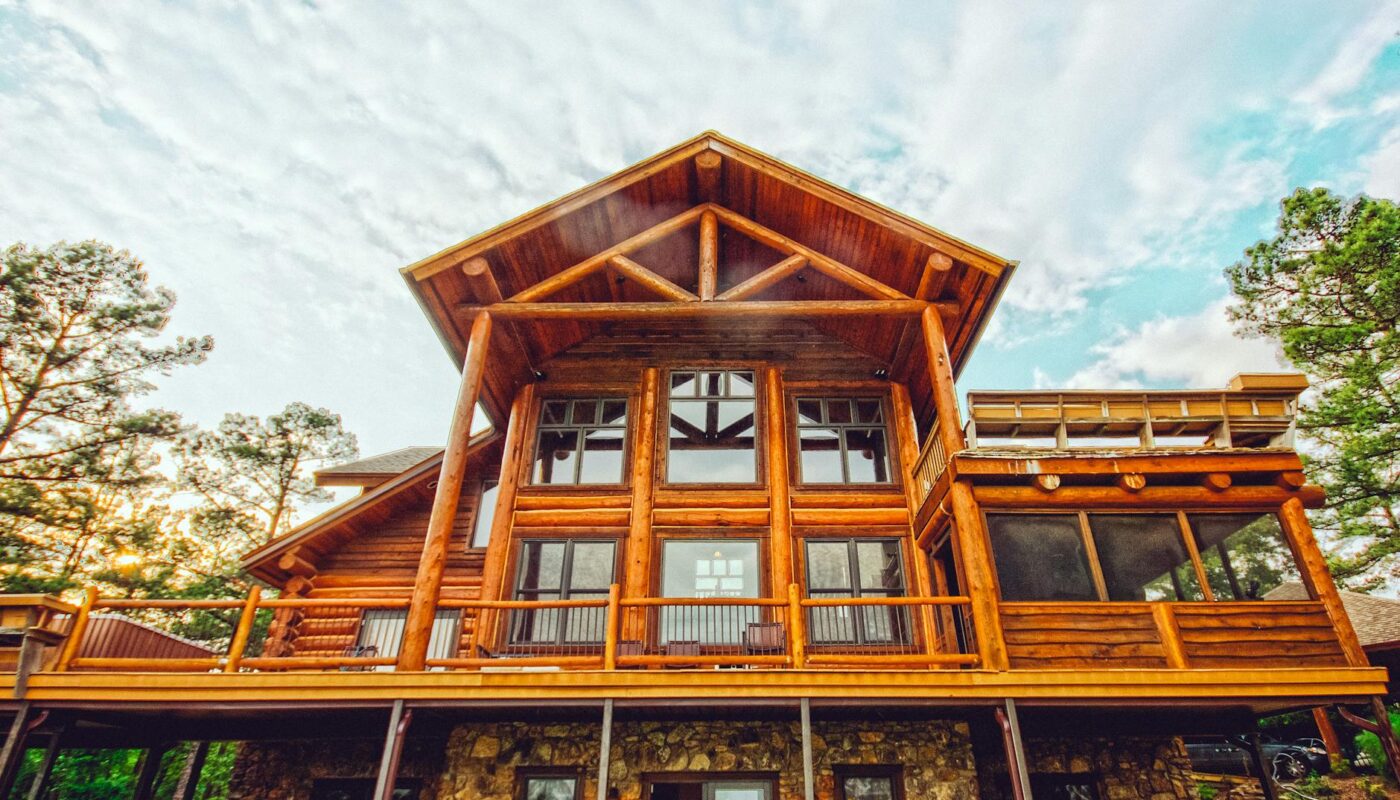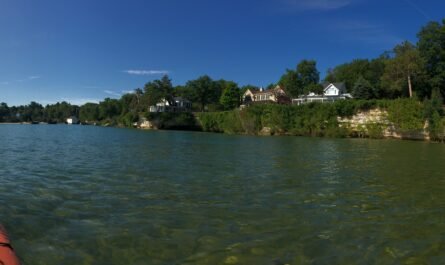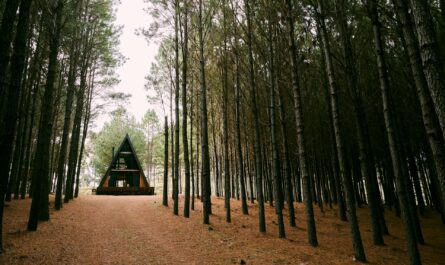Ever wondered how long does a log cabin last? This article explores the various factors that contribute to their longevity. From the choice of materials to construction techniques, learn what it takes to extend their lifespan. Discover practical maintenance tips to ensure your log home stands the test of time.
The rustic log cabin evokes a sense of timeless charm and enduring strength, making it a coveted choice for those seeking a unique and cozy home. From humble beginnings as frontier shelters to modern incarnations in luxury settings, log cabins have maintained their appeal across generations. Key terms such as “log house,” “residential log cabins,” and “wood cabin” capture the essence of this architectural style, which blends seamlessly with natural surroundings. This blog post explores the longevity of log cabins, examining how long these beautiful structures can last when properly maintained and what factors contribute to their lifespan.
Table of Contents
History and Popularity of Log Cabins
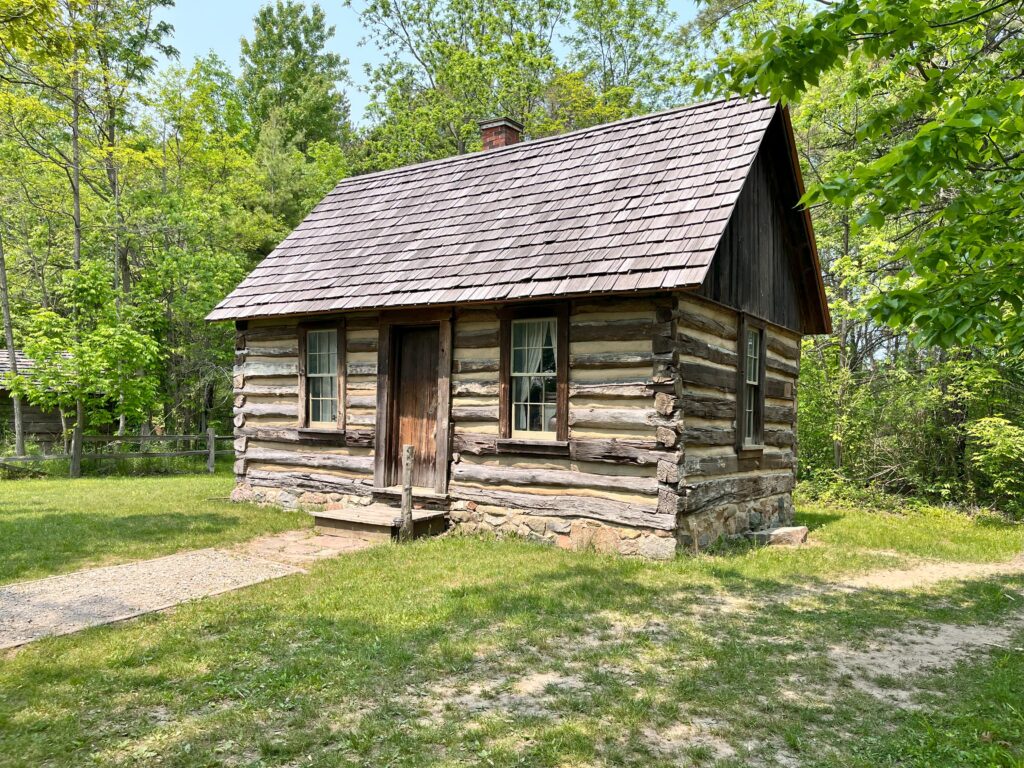
Log cabins are storied in architectural history, particularly in North America, where they were integral to the early frontier settlement. Initially, these structures were simple, made from readily available woods like the Eastern White Pine, renowned for its durability and ease of use. The versatility and resilience of this type of wood made it a popular choice among early settlers and continues to be favored in log cabin construction today.
As log cabins evolved from rudimentary shelters to more sophisticated homes, the techniques used to build them also advanced. Square logs, milled to create uniform shapes and sizes, became familiar, allowing for tighter construction and increased insulation. This method improved the structural integrity of log cabins and made them easier to build.
Today, log cabins are celebrated as functional residences and historical sites that offer a glimpse into early colonial life. Their popularity endures in rural and suburban North America, where they are prized for their rustic charm and eco-friendly qualities. Modern log home kits have further popularized this style, combining traditional aesthetics with contemporary building technologies.
This enduring appeal is a testament to the log cabin’s ability to adapt to changing times while maintaining its historical significance and practical value. Whether as a primary residence, a vacation getaway, or a historical monument, log cabins continue to be a beloved part of North America’s architectural landscape.
Log Cabin Materials and Construction

When constructing a log cabin, choosing the right materials is the best way to ensure the home’s long and durable life. The type of wood selected plays a critical role in not just the cabin’s aesthetic appeal but also its structural integrity and resistance to environmental factors. Woods like pine, cedar, and spruce are popular choices due to their natural resilience to decay and excellent insulation properties.
The first step in building a log cabin involves preparing the log surface. This includes treating and curing the logs to prevent moisture retention and to fortify them against insects and rot. Each log is milled to ensure a uniform fit and to enhance the overall structural stability of the cabin. This meticulous preparation of the log surface is essential for prolonging the log cabin lifespan and minimizing future maintenance needs.
Video : 2 Years Alone Building an Off Grid Log Cabin in the Wilderness, Start to Finish
The actual construction of a log cabin involves stacking the logs horizontally to form walls, with each log interlocking at the corners. This traditional method of log assembly is visually striking and functionally effective, providing natural weather resistance and insulation. Modern advancements have improved these techniques, incorporating precision cuts and sealing technologies to protect the cabin from the elements.
By focusing on the quality of the wood and the precision of the construction techniques from the outset, builders can significantly enhance the longevity and durability of a log cabin. This solid foundation is key to ensuring that the cabin can withstand the test of time and provide a comfortable, secure home for generations.
Factors Affecting the Lifespan of a Log Cabin
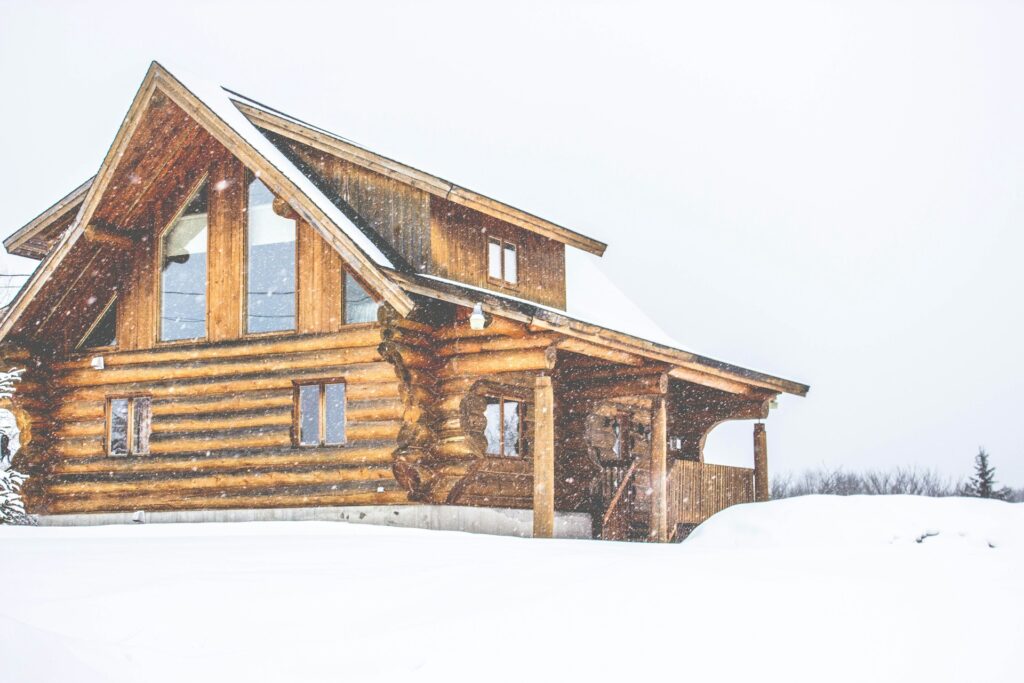
Several key factors can significantly influence a log cabin’s lifespan, starting with the quality of the materials and the precision of the construction process. High-quality, adequately treated logs resist moisture, insects, and decay, foundational elements that ensure the structure’s longevity. Environmental factors also play a crucial role; for instance, cabins located in damp climates may face challenges such as mold and rot without adequate protective measures like good drainage and regular staining or sealing.
Proper maintenance is another critical factor. A well-maintained log cabin can endure for generations. This involves regular checks for any signs of deterioration, prompt repairs, and treatments to protect the wood. Log home exteriors require special attention since they are exposed to certain elements. UV radiation from the sun, rain, snow, and extreme temperatures can all wear down the wood over time. Protective coatings and regular inspections can mitigate these issues and prolong the cabin’s life.
Maintenance and Upkeep Of Log Cabins
Effective maintenance and upkeep are essential to maximizing the lifespan of a log cabin. Owners should perform annual inspections to identify and address potential issues like cracks, leaks, or signs of insect infestation. Here are some key maintenance steps for residential log cabins:
- Staining and Sealing: Oil-based Stains and sealants should be applied every 3 to 5 years to protect the wood from moisture and UV damage.
- Cleaning: Regularly cleaning the log surfaces to remove dirt, debris, and mildew that can wear down the wood over time.
- Pest Control: Implementing measures to prevent and treat insect infestations, particularly from termites and carpenter ants, can cause significant structural damage. While typically harmless, carpenter bees love cedar and will bore holes in logs to make their nests.
- Checking for Rot: Inspect logs, especially near the structure’s base, for signs of moisture content and rot, and make repairs promptly to prevent further degradation.
Maintaining the features of the log cabin, such as the roof, foundation, and gutters, also plays a crucial role. Ensuring that the roof is in good condition to prevent water infiltration and that gutters are clear to direct water away from the base of the cabin will further protect the structure.
Comparing Lifespan: Log Cabin vs. Conventional Home
Several factors highlight the robustness and durability of log structures when comparing their longevity to conventional homes. When well-maintained, the typical lifespan of a log cabin can exceed 100 years. This is comparable to, and sometimes longer than, that of conventional homes. The natural thickness and solid construction of log walls provide superior durability and insulation compared to the standard stick-framed construction.
Moreover, log cabins tend to maintain their structural integrity over time due to the interlocking design of the logs, which distributes load evenly and can better withstand shifts and settling without significant damage. Log cabin features such as deep eaves, large overhangs, and covered porches add to their aesthetic appeal and protect the walls from weather elements, contributing to their longevity.
In contrast, conventional homes might require more frequent updates to electrical, plumbing, and ventilation systems, which are often less accessible in log homes due to their solid-wall construction. This can mean that while log cabins require diligent surface maintenance, they often avoid the invasive structural upgrades that conventional homes may necessitate as building codes and standards evolve.
Popularity of Using a Log Cabin Kit
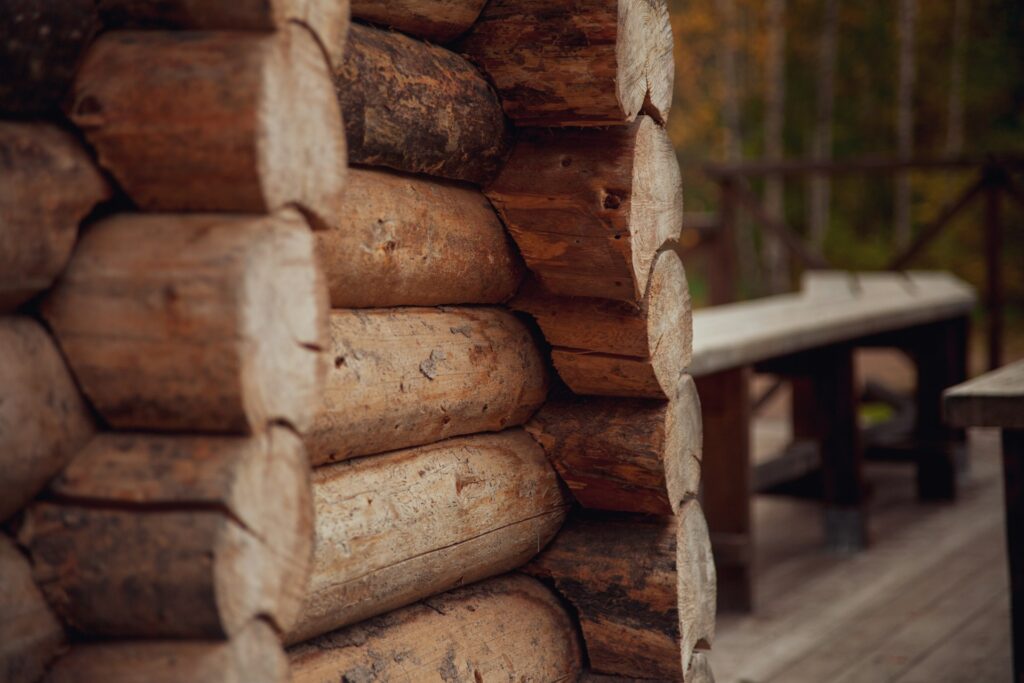
The use of a log cabin kit has surged in popularity among builders and homeowners alike, thanks to its streamlined construction process and the high-quality end result. These kits offer a practical solution for constructing wooden structures that are both aesthetically pleasing and resilient. Designed to minimize the common challenges associated with traditional log cabin building, log cabin kits come with pre-cut, milled logs that ensure a perfect fit, significantly reducing construction time and labor costs.
One of the major advantages of a log cabin kit is its focus on durability, especially regarding water damage, a common concern for timber homes. The logs in these kits are treated and sealed with protective coatings that help prevent moisture penetration, one of the primary causes of decay in wooden structures. This proactive approach to moisture management preserves the integrity of the wood, extending the lifespan of the cabin.
Moreover, a quality log cabin kit includes design considerations for good ventilation, which is crucial in maintaining the health of the cabin’s interior environment. Proper air circulation helps avoid mold growth and wood rot, further protecting the cabin from potential damage. This is particularly important in humid climates, where moisture can accumulate quickly.
The appeal of a log cabin kit also lies in its versatility and the variety of designs available, making it suitable for diverse settings, from rustic retreats to upscale residential communities. These kits provide an accessible way for individuals to own timber homes without requiring extensive construction experience or specialized tools.
As more people recognize the benefits of these kits, the popularity of building quality log cabins using this method continues to grow. They offer a direct route to owning a charming and robust log cabin and ensure that homeowners can enjoy their wooden abode for years with minimal concerns about maintenance and durability.
Energy Use and Comfort Of A Well-Built Log Cabin
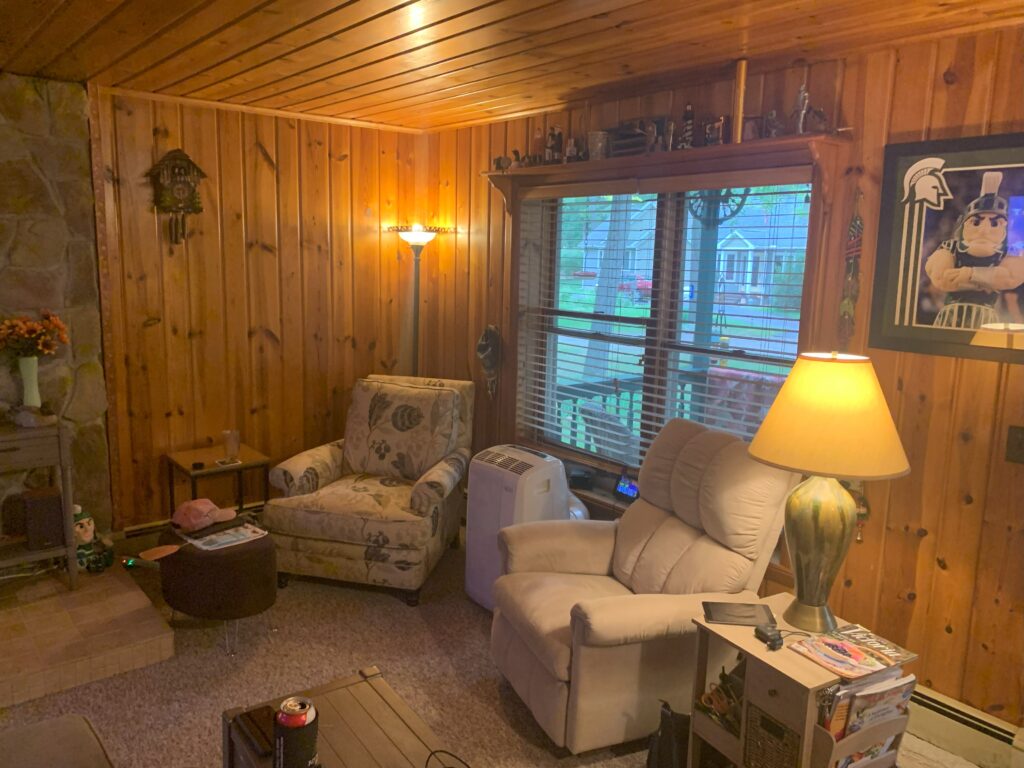
The energy efficiency and comfort of a well-built log cabin are primarily determined by its design and construction quality. Log cabins, known for their natural thermal mass, maintain a stable interior climate, making them exceptionally comfortable throughout the year. The dense logs used in constructing the exterior walls act as natural insulators, absorbing heat during the day and slowly releasing it as temperatures drop, which is especially beneficial during hot summer days and chilly nights.
The ability of log cabins to regulate temperature extends to their performance under various environmental conditions. High-quality materials used in the construction of log cabins ensure that they stand up to harsh weather conditions, from heavy snow and intense cold to scorching heat waves. The inherent insulative properties of wood, combined with careful construction techniques, mean that these homes require less energy for heating and cooling than conventional homes, leading to lower utility bills and a reduced environmental footprint.
Moreover, the design of a log cabin often features strategic placement of windows and doors to maximize natural light and facilitate cross-ventilation, further enhancing the energy efficiency and comfort of the home. This not only improves the indoor air quality but also contributes to the overall well-being of the inhabitants.
The exterior walls of log cabins also play a crucial role in their energy performance. Thick, well-sealed logs ensure minimal air infiltration, which keeps the interior environment more consistent and comfortable regardless of the local climate. This sealing process prevents drafts and energy loss, underscoring the importance of the materials’ quality and the construction techniques’ precision.
Real-World Examples and Case Studies
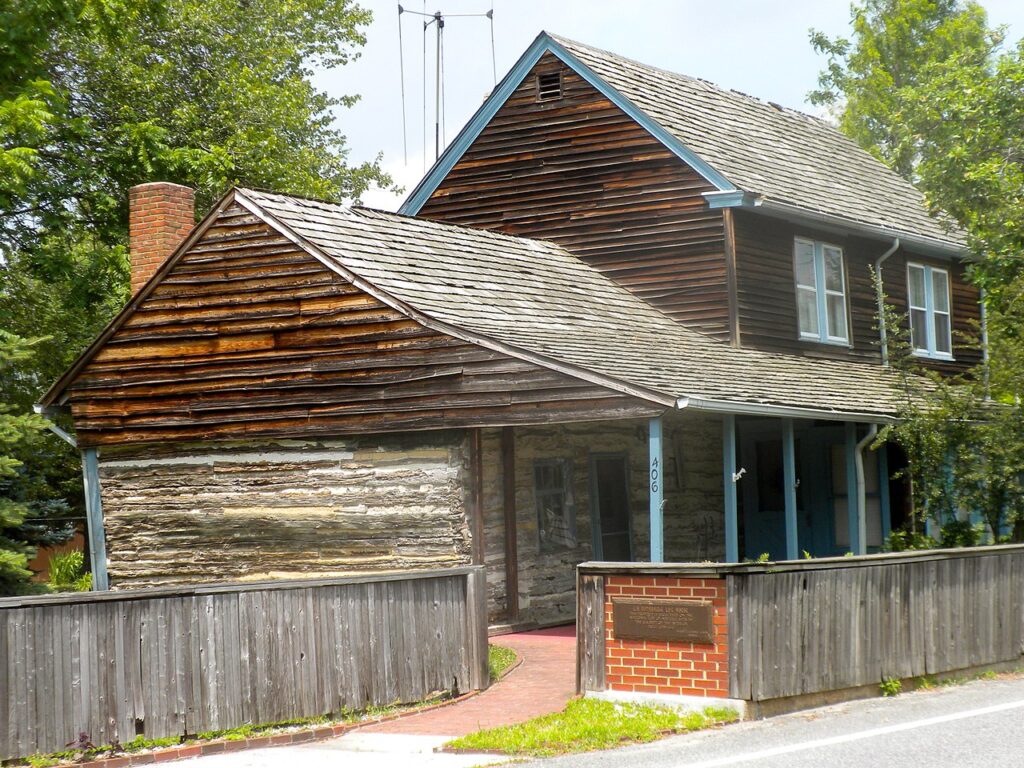
Examining real-world examples provides invaluable insights to understand the potential longevity of log cabins better. For instance, some of the oldest log cabins in Europe have stood for over 800 years, a testament to the durability of wood as a building material when adequately maintained. In the United States, the C. A. Nothnagle Log House in New Jersey, constructed around 1638, is one of the oldest log cabins still standing, showcasing the enduring nature of such structures.
Modern case studies also highlight the importance of maintenance and choice of materials. For example, a residential log cabin in Colorado has withstood harsh winters and hot summers for over a century, thanks largely to the owner’s commitment to regular upkeep, including biennial staining and pest inspections. This cabin, built with high-quality cedar, demonstrates how well log structures can age when environmental challenges are proactively managed.
Testimonials from owners underscore the emotional and practical value of these homes. Many express satisfaction with the warmth and energy efficiency provided by the log walls, noting that the initial investment in high-quality wood and construction has paid off in terms of reduced heating costs and increased comfort.
The Oldest Log Cabins in the United States
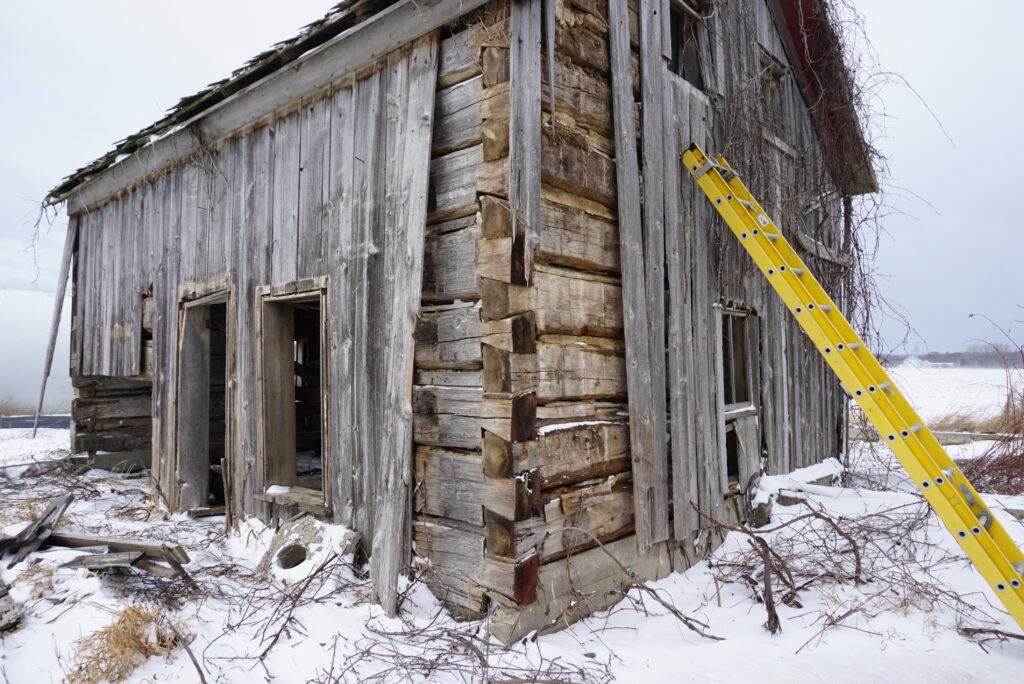
The ten oldest log cabins in the United States are notable for their age and historical significance. Here’s a table outlining some of the oldest surviving log cabins based on historical records:
| Rank | Name of Cabin | Location | Estimated Construction Year |
| 1 | C. A. Nothnagle Log House | Gibbstown, New Jersey | c. 1638 |
| 2 | Lower Swedish Cabin | Drexel Hill, Pennsylvania | c. 1640 |
| 3 | Fairbanks House | Dedham, Massachusetts | c. 1641 |
| 4 | Oldest Wooden Schoolhouse | St. Augustine, Florida | c. 1716 |
| 5 | The Log Cabin at the Denver Botanic Gardens | Denver, Colorado | c. 1720 |
| 6 | Old Log Church | White Deer Valley, Pennsylvania | c. 1742 |
| 7 | The Ironmaster’s Mansion | Pine Grove Furnace State Park, Pennsylvania | c. 1764 |
| 8 | Morton House | Colonial Beach, Virginia | c. 1774 |
| 9 | The Thompson-Neely House | Washington Crossing, Pennsylvania | c. 1701 |
| 10 | Schenck Farmstead | West Windsor, New Jersey | c. 1750 |
This table includes some of the oldest log cabins known in the United States, which have been preserved as historical sites. The exact dates are best estimates based on historical documentation and archaeological evidence, reflecting North America’s rich heritage and early European settlement patterns.
Final Thoughts About How Long Does a Log Cabin Last
The lifespan of a log cabin can extend well beyond a century, contingent upon the quality of materials used, the construction techniques employed, and most importantly, the level of regular maintenance. It’s vital to include thoughts about a cabin water system, especially if it is off the grid. Log cabins are not only a symbol of rustic beauty and historical significance but also a practical investment in long-term housing. With proper care, these structures can serve as a durable, sustainable option for residential living, capable of withstanding the test of time.
Call to Action
For those enchanted by the charm and resilience of log cabins and considering this style for their next home, delving deeper into the specifics of log cabin kits might be the next step. Exploring these options can provide a more straightforward path to owning a piece of history and sustainability. Explore for more information on log cabin kits, and find the warmth and durability that a log cabin can offer. Whether building a new log cabin or purchasing an existing one, understanding and committing to the necessary maintenance will ensure your log home remains a lasting sanctuary for generations.
Related Reading
Off the Grid in Your Cabin Or Cottage – 6 Areas to Master For Marvelous Lake Living
